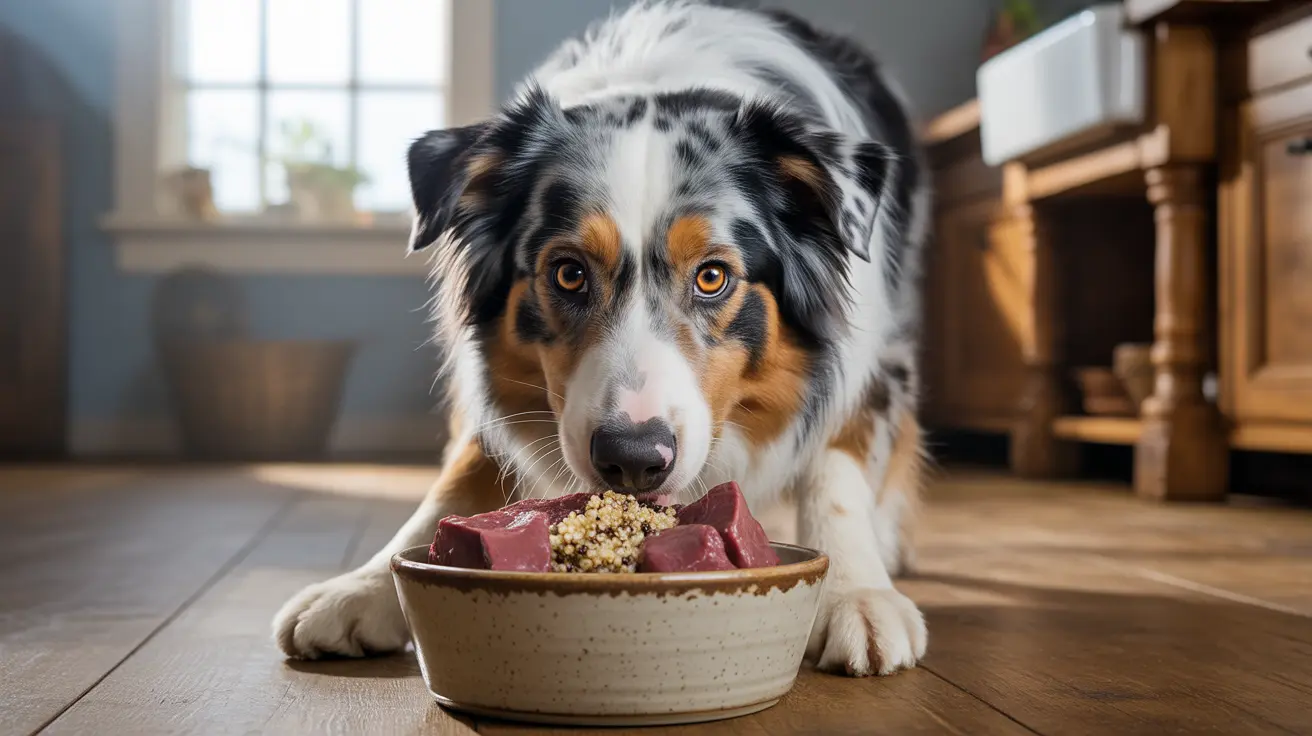What Kind of Salt is Safe for Dogs?
Salt, or sodium chloride, is a vital nutrient that supports many essential functions in a dog's body. It helps maintain proper fluid balance, supports nerve and muscle function, and contributes to cellular health. However, it's crucial for dog owners to understand that while salt is necessary in small amounts, excessive intake can be extremely dangerous—even deadly—for dogs.
Why Dogs Need Salt
- Regulates electrolyte balance
- Supports muscle contractions and nerve signals
- Maintains hydration levels
Commercial dog foods are carefully formulated to meet your dog’s sodium needs, usually around 0.3% sodium content. Adult dogs fed such diets do not need any additional salt. Puppies may require slightly more, but quality puppy food typically adjusts for this.
When Salt Becomes Dangerous
Salt can quickly turn from essential to toxic if consumed in high doses. Salt toxicosis, or hypernatremia, occurs when levels of sodium in the bloodstream rise too high, drawing water out of body cells and causing systemic health issues. Small breeds are particularly vulnerable due to their size, and even amounts as low as 2–3 grams of salt per kilogram of body weight can be harmful.
Common Sources of Excess Salt Exposure
- Drinking seawater at the beach
- Eating salted foods like chips or cheese
- Ingesting materials like homemade play dough or salt dough
- Exposure to chemical salts like rock salt or Epsom salt
- Licking de-icer chemicals off paws
- Consuming household items like table salt or sodium-rich cleaning agents
Symptoms of Salt Poisoning in Dogs
- Vomiting and diarrhea
- Lethargy and weakness
- Loss of coordination or balance
- Excessive thirst and urination
- Muscle tremors or seizures
- Decreased appetite
- In severe cases: coma or death
What To Do If Your Dog Ingests Salt
If you suspect your dog has ingested a harmful amount of salt:
- Do not induce vomiting or force your dog to drink water.
- Contact a veterinarian immediately.
- Provide details like the amount of salt and time of ingestion.
Your vet may perform blood work, administer intravenous fluids to balance electrolytes, and monitor your dog closely to prevent complications.
Prevention Tips
- Store salty snacks and household products out of pet reach
- Avoid walking in areas treated with rock salt in winter
- Rinse your dog’s paws post-walk to remove de-icers
- Use pet booties or apply paw balm for protection
- Never offer salted treats or seasonings
- Ensure constant access to fresh water
Safe Salt Levels in Dog Food
Commercial dog foods undergo nutritional balancing to provide the right sodium levels. Look for trusted brands that:
- Follow AAFCO guidelines
- List sodium content on the label (usually around 0.3%)
- Do not contain high levels of added sodium or sodium derivatives like MSG or sodium nitrate
Healthy Alternatives to Salty Snacks
- Plain cooked meats (chicken, turkey)
- Fresh vegetables (carrots, green beans)
- Unsalted peanut butter (xylitol-free)
- Plain rice or oats
Winter Hazards: Salt and Paws
In winter, icy sidewalks are often treated with rock salt or ice melt chemicals. These can:
- Cause paw pad burns or dryness
- Lead to ingestion when licked
- Create toxic exposure if large amounts are consumed
Protect your dog by using booties, avoiding overly salty areas, and rinsing paws with warm water after each walk.
Conclusion
While salt is essential for canine health in small amounts, extra salt from external sources poses a significant risk. Most dogs receive all the sodium they need through regular dog food. Extra caution should be taken to prevent access to salty human foods, de-icing chemicals, and potentially toxic household items. When in doubt or if symptoms arise, always consult your veterinarian.





